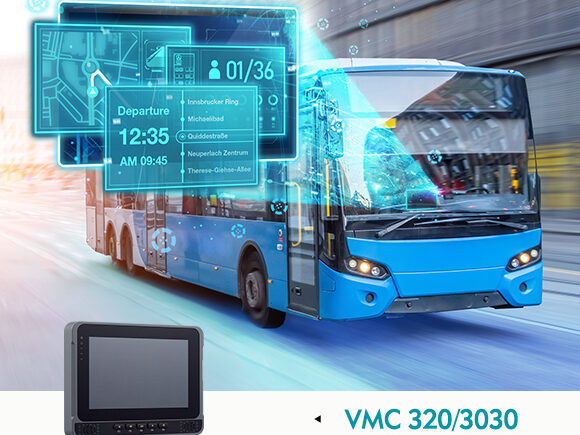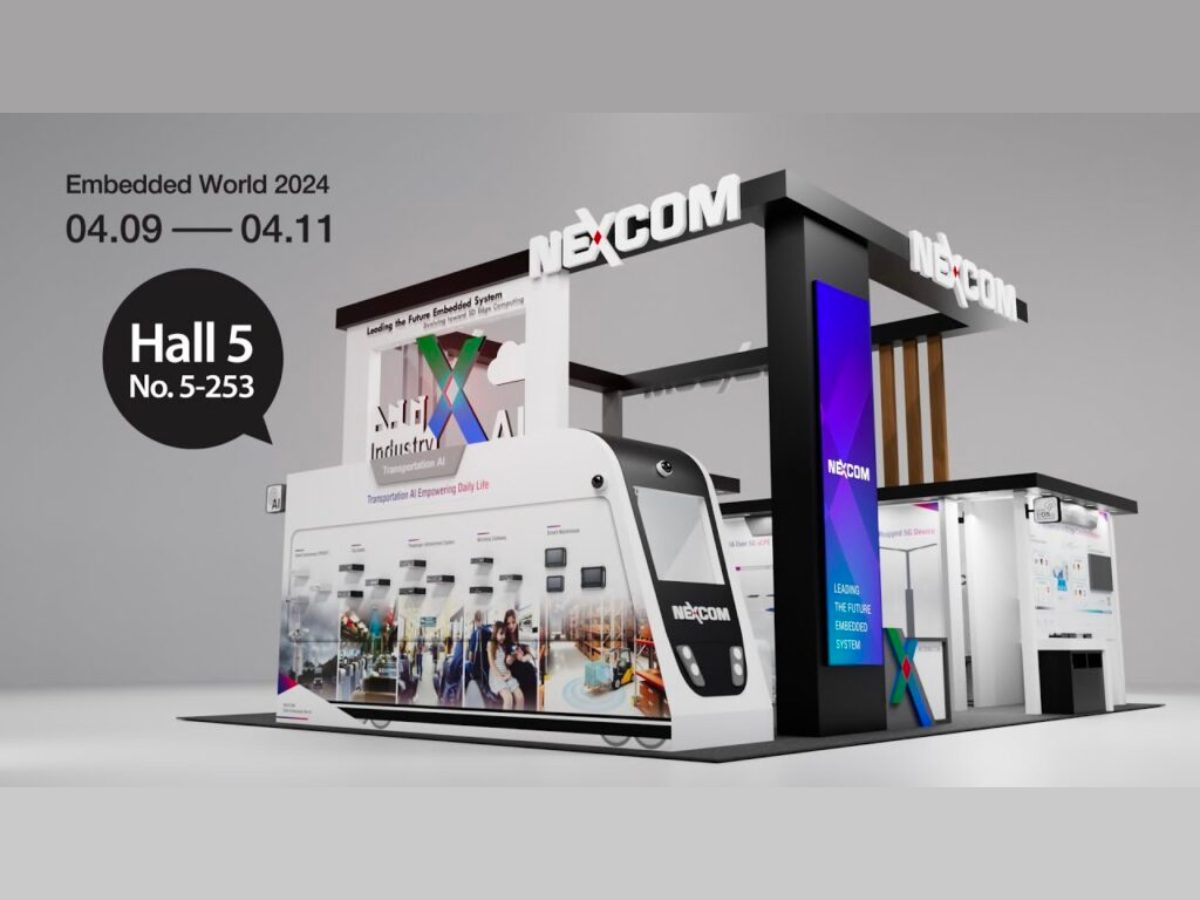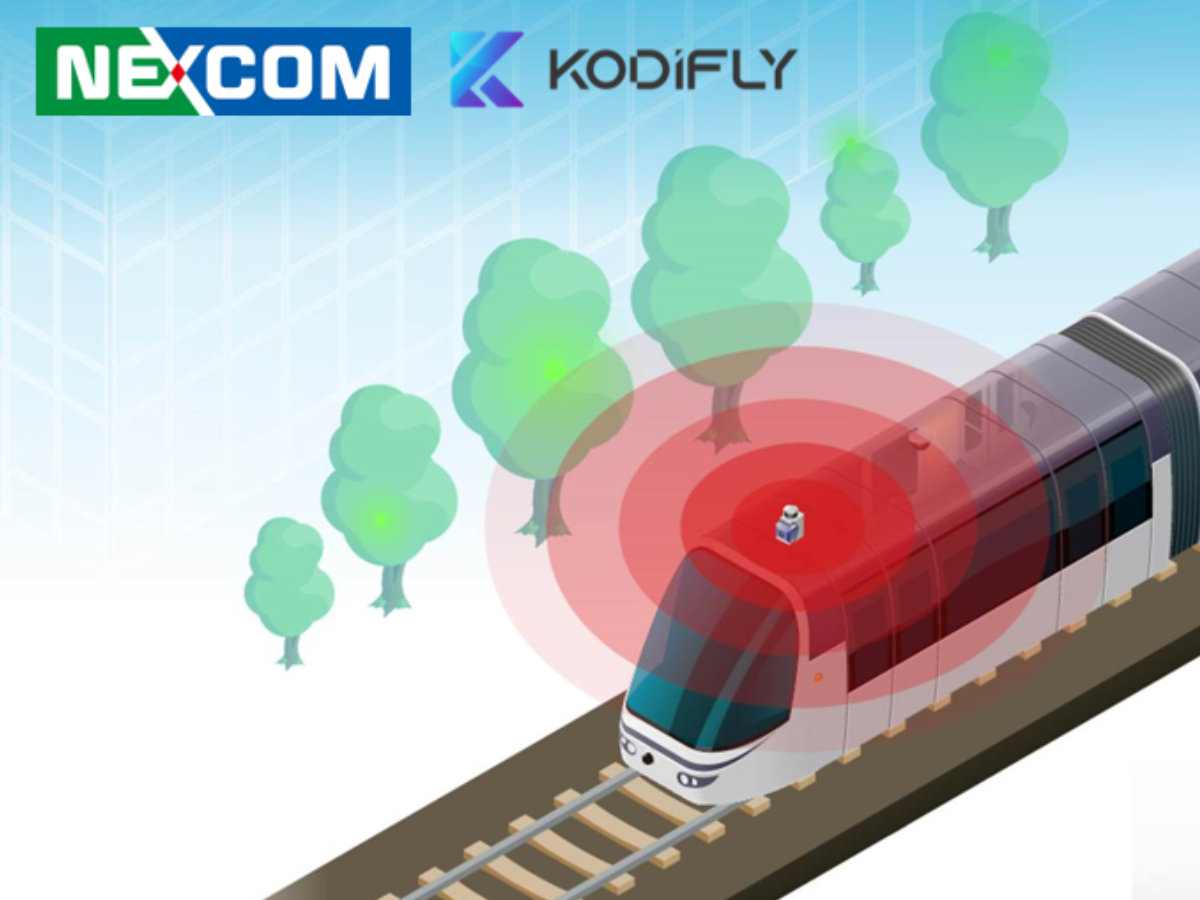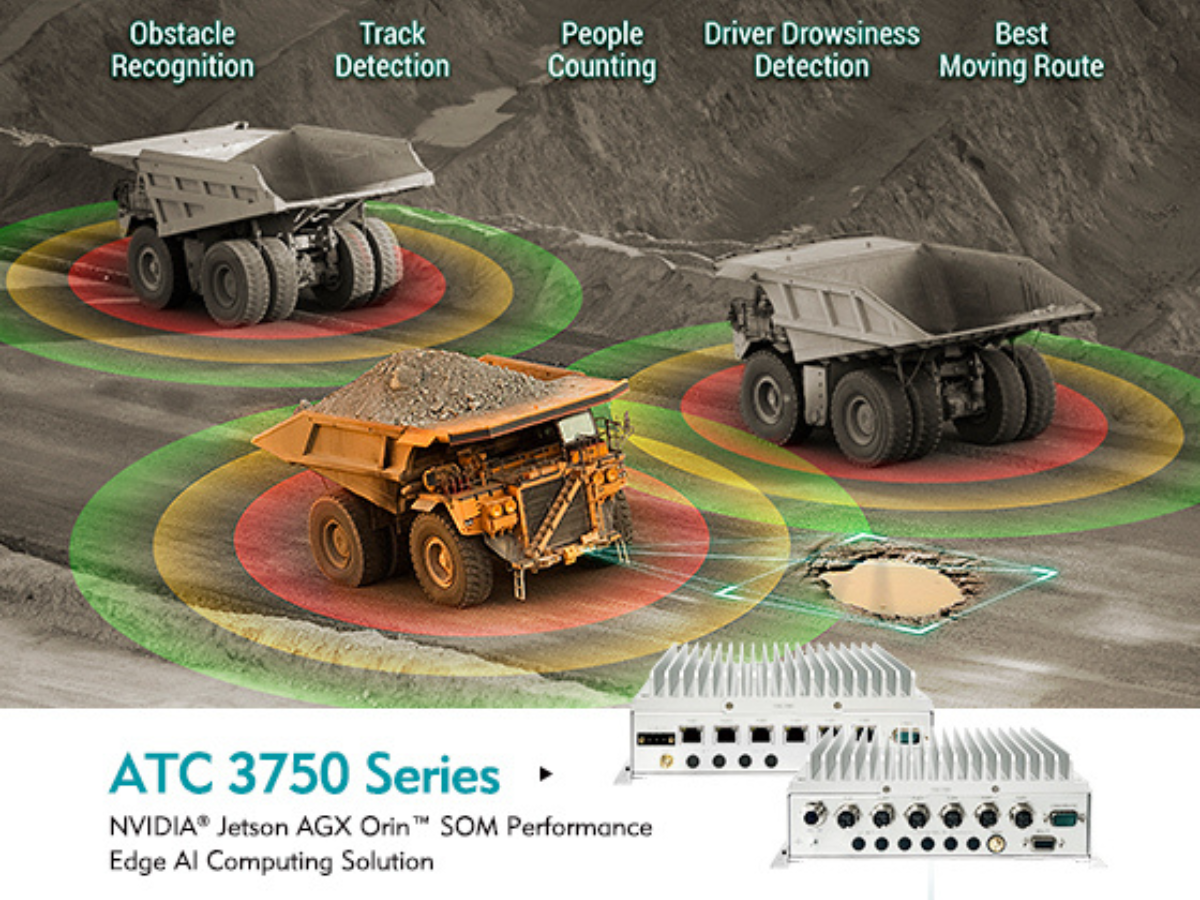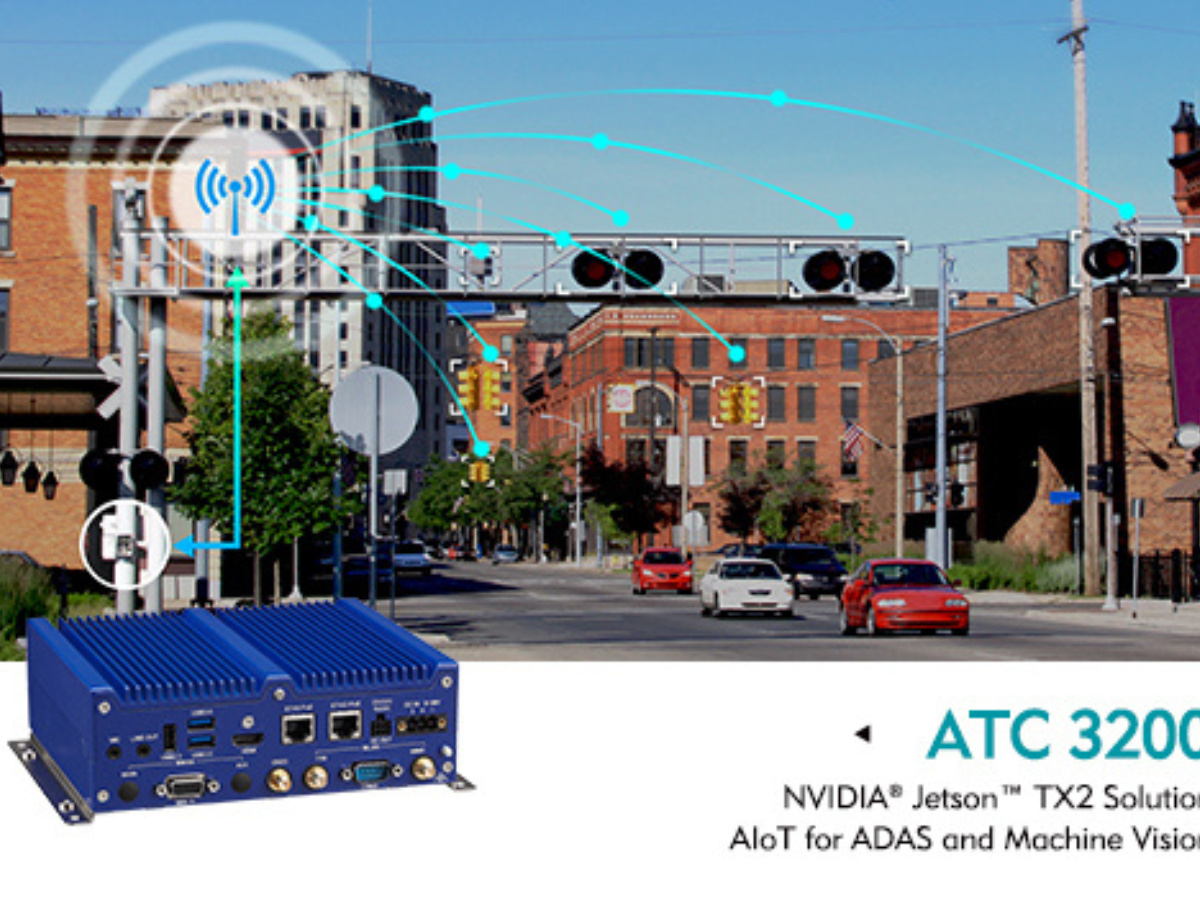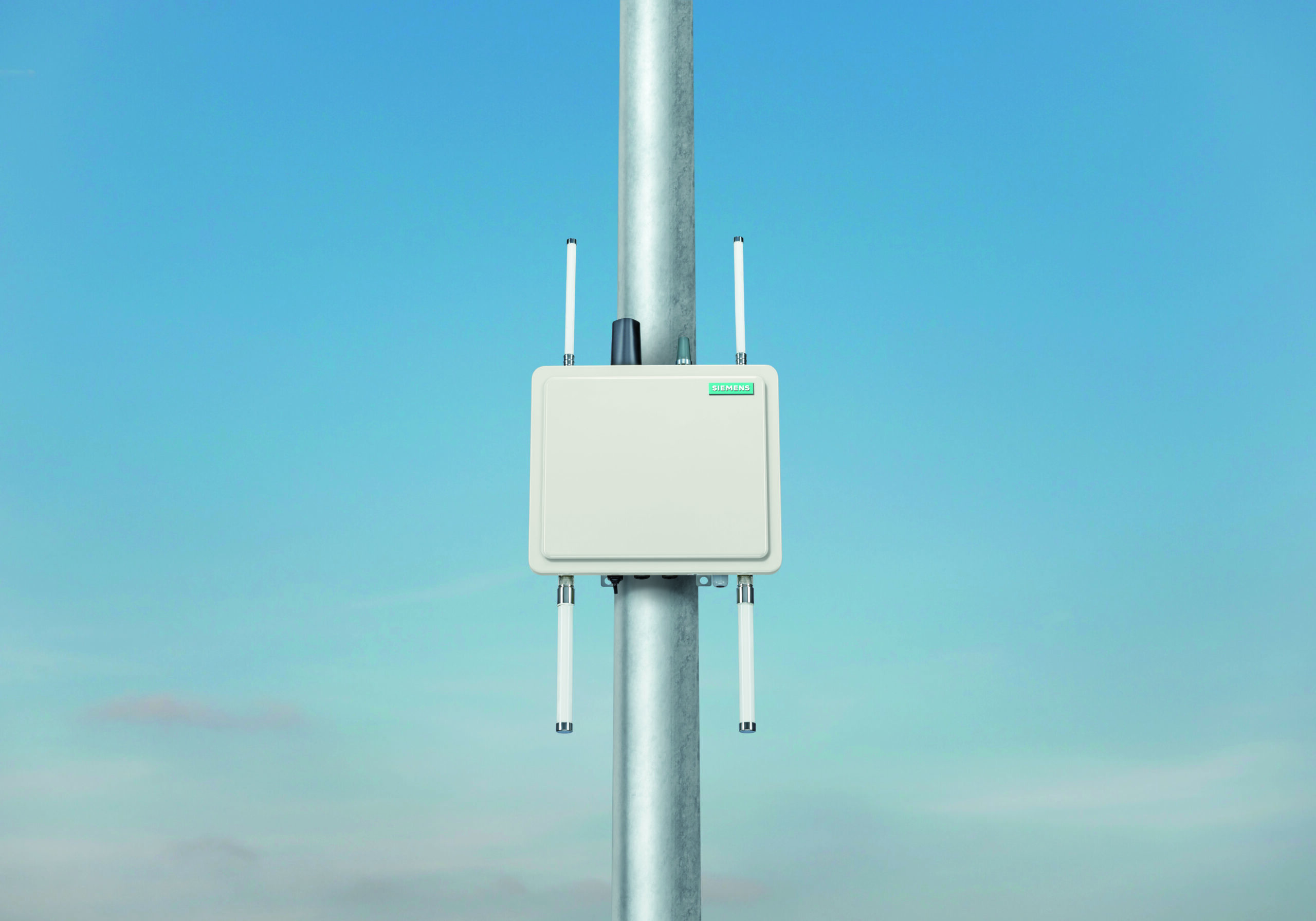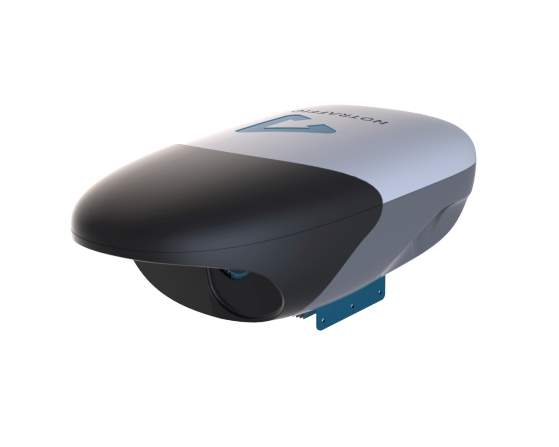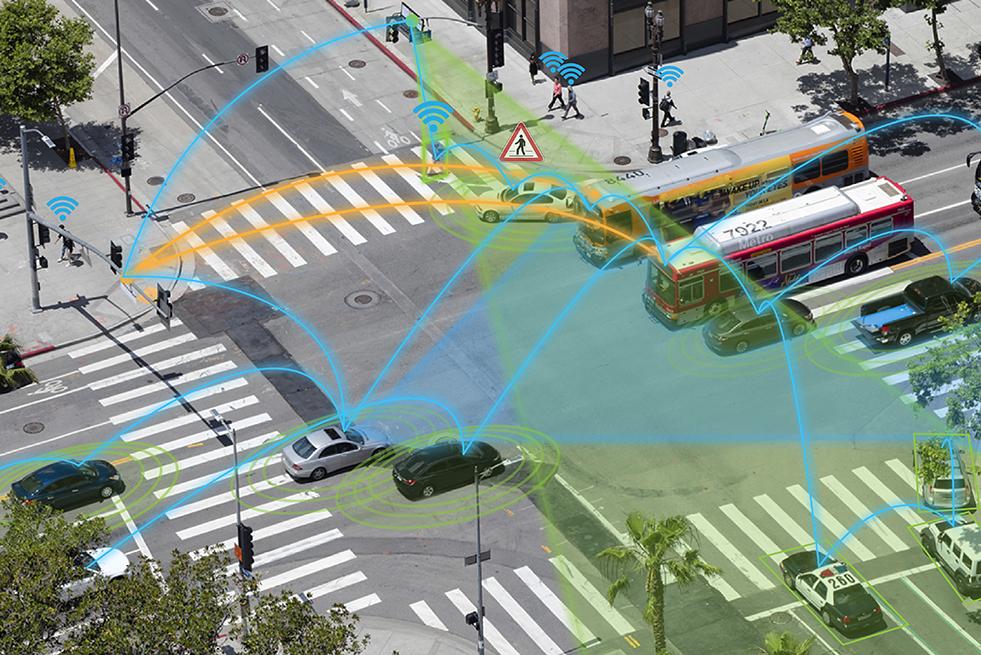The Fanless In-Vehicle Computer VTC 210, Break Ground for Smart Traffic
In modern public transit, utilizing digital signage for Passenger Information System is greatly demanded, due to its extreme practicality yet cost-effective, it fulfills the demands for telematics applications. However, to provide this operating tool, public transit must first search for a highly dependable in-vehicle computer meeting certain certified standards while simultaneously include onboard power control and good data output ability. Through NEXCOM’s relentless innovation in mobile communications, the fanless in-vehicle computer, VTC 210 has been shaped for this purpose. Based on the high-efficiency ARM® Cortex®-A53 processor family with essential rich I/Os and default GNSS receiver, this economical device handles various telematics applications reliably. By fulfilling a comprehensive list of standards, the compact and durable VTC 210 is ready to hit the road.

Telematics Applications Made Lively
The fanless in-vehicle computer is powered by the Quad-core ARM® Cortex®-A53 processor, selected for its reputable record and high capability-performance ratio when applied to digital signage applications. VTC 210 features an advanced video decoder for H.264 and H.265 up to 4Kx2K @ 60fps. Its HDMI 2.0a port and dual RJ45 GbE LAN, output transit information at stations or entertainment throughout the cabin in vivid 4K@60Hz resolution, while having the option to add a VGA port for dual output upon customers’ request. In addition, with its u-blox M9N advanced default GNSS receiver, as a gateway, the VTC 210 is able to deliver fleet management data seamlessly, such as vehicle safety communications, vehicle/container tracking, and providing drivers’ most ideal route, etc.
Safety Is the Utmost Priority
Aside from the advantageous characteristics listed, NEXCOM has high awareness for vehicle safety regulations. Complying with safety standards and relevant regulations, the VTC 210 has been certified with, CE, FCC, and E-mark. This gives users peace of mind when applying this fanless in-vehicle computer in any harsh environment. In addition, for further protection and control of vehicles, the VTC 210 offers SDK control API such as integration modules power/reset on/off, WDT control, and ignition delay timer etc.
Wireless Convenience
VTC 210 features WLAN and WWAN wireless data, currently, NEXCOM has verified several WWAN 4G LTE modules and Wi-Fi modules with a USB interface for customers to select from. These modules benefit in maintaining the slim design for this digital signage player, which becomes significant during the installation process with extremely limited space.
NEXCOM has combined the advantages of the in-vehicle computer with digital signage players. The compact VTC 210 is assembled with ample storage, low power consumption, high resolution, rich wireless functions, and dual LAN switches. Designed specifically for telematics applications, the VTC 210 meets a wide range of standards, prepared to maximize both the passengers’ and operators’ traveling experience.
Main Features
- Built-in Rockchip RK3328 Quad-core ARM® Cortex®-A53 processor up to 1.5GHz
- Built-in u-blox NEO-M9N GNSS
- 1 x DB9 for full RS232
- 1 x HDMI 2.0a, (BOM option VGA + Audio)
- WLAN module option (USB interface)
- 1 x M.2 Key B for WWAN with 1 x internal Micro SIM slot
- SDK for power/reset/WDT/IGN/UVP threshold/GNSS on/off control
- Wide operating temperature -20°C ~ 70°C
- Wide range DC input from 9V ~ 36V
- Certified by CE/FCC/E13
This article was originally published by NEXCOM.



